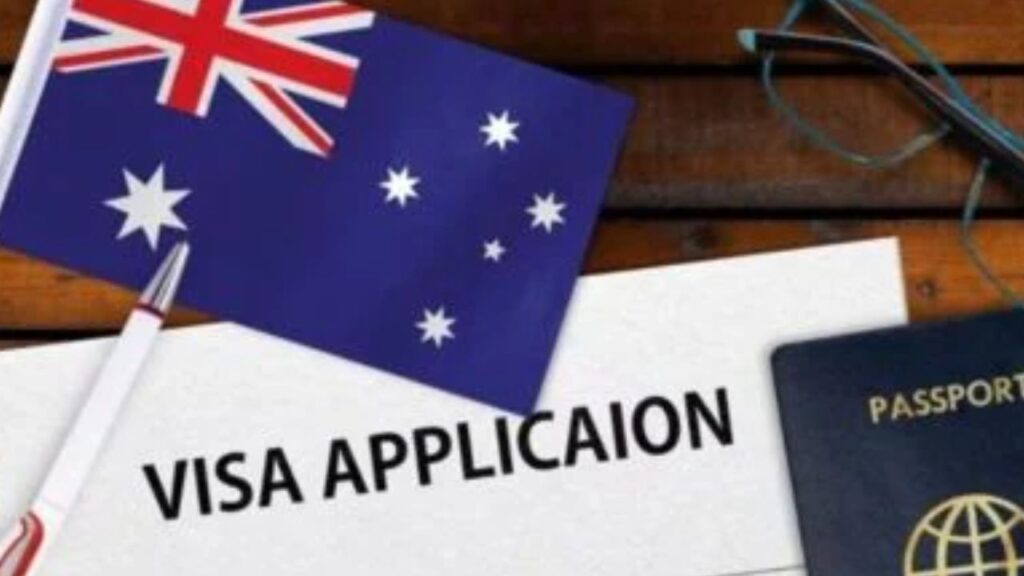In 2025, Australia continues to rely on its temporary work visa framework to bridge the gap between local workforce needs and international talent. With over 140,000 skilled temporary visas granted in the past year alone, the country remains a top destination for workers across industries such as healthcare, IT, and construction. These visas not only assist employers in filling critical roles but also offer migrants an entry point into Australia’s professional landscape.
Dual Gains: Opportunities for Workers and Employers
The benefits of Australia’s temporary visa system are felt on both sides of the employment spectrum. For businesses, it offers access to a diverse pool of qualified professionals who can address pressing labor shortages. Meanwhile, visa holders gain invaluable professional experience and potential access to long-term residency pathways. This synergy creates a responsive labor market, with the visa program structured around dynamic occupation lists and stringent eligibility criteria that evolve with economic priorities.
Digitising the Journey: Visa Processes in a New Era
This digital shift enhances user experience by streamlining status tracking, simplifying identity verification, and cutting down on lengthy processing timelines. These upgrades are part of a broader government reform strategy aimed at making the system more efficient, transparent, and accessible for applicants worldwide.
Laying the Foundation: What You Need to Qualify

Though each visa subclass has its unique requirements, several fundamental criteria apply across the board. Most applicants must demonstrate English language proficiency through exams like IELTS, PTE, or TOEFL. In addition, those applying for employer-sponsored visas need to hold qualifications and experience relevant to the nominated occupation. These requirements serve to ensure that candidates not only meet professional standards but are also committed to a lawful and temporary stay.
Visas such as the Subclass 482 demand that the role in question appears on the Medium and Long-Term Strategic Skills List or the Short-Term Skilled Occupation List. All these elements contribute to a system that prioritizes skill and integrity.
How to Apply: Mapping the Visa Submission Journey
The application process for temporary work visas in Australia is multi-layered and requires precise documentation. Prospective applicants must first determine the most suitable visa subclass based on their goals whether they intend to work, travel, study, or participate in a special project. After selecting the appropriate visa, applicants gather documents such as employment history, academic records, language test results, and personal identification.
In cases involving employer sponsorship, the process begins with the employer submitting a nomination application. Only after its approval can the candidate proceed to lodge the visa application through ImmiAccount. The online submission must be accompanied by digital copies of all supporting documents and payment of the required fee. Medical exams and police checks are conducted during the later stages. Applicants are encouraged to keep track of their progress via the portal and respond promptly to any requests for further information.
Timelines, Costs, and Duration: What Applicants Should Know
Each visa subclass has a specific fee, validity period, and processing timeframe. For example, the Subclass 482 may cost between AUD 1,455 and AUD 2,770, depending on the stream, with a validity ranging from two to four years. In contrast, the Graduate Visa (Subclass 485) costs AUD 1,895 and is valid for up to 48 months, based on the applicant’s level of education.
Younger applicants seeking short-term work while traveling pay around AUD 635 for the 417 or 462 visas, which are typically valid for 12 months. The Subclass 408 varies in duration and cost depending on the nature of the activity. Processing times can range from a few weeks to several months, making it essential to submit applications well ahead of planned start dates.
Unlocking Broader Horizons: The Value of Australian Work Experience
Holding a temporary work visa in Australia opens doors to more than just employment. For skilled professionals, it provides exposure to globally competitive industries and the chance to improve their standing in the international job market. Australia’s multicultural environment, workplace protections, and professional development standards make it an appealing location for personal and career growth.
Some visas also permit family members to accompany the primary holder, with certain subclasses allowing spouses and children to work or study independently. Long-term contributors to the Australian economy may later transition to permanent residency routes, providing further incentives to commit and integrate into local life.
Charting a Course Toward Future Opportunities
As of 2025, Australia’s temporary work visa landscape reflects a balance between economic strategy and inclusivity. With its user-friendly application processes and diverse visa subclasses, the system offers meaningful avenues for international workers at different stages of life and professional development.
Whether one is a young traveler, a fresh university graduate, or a seasoned professional, Australia’s temporary visa options offer more than short-term solutions they provide a platform for future success, both within Australia and on the global stage.


